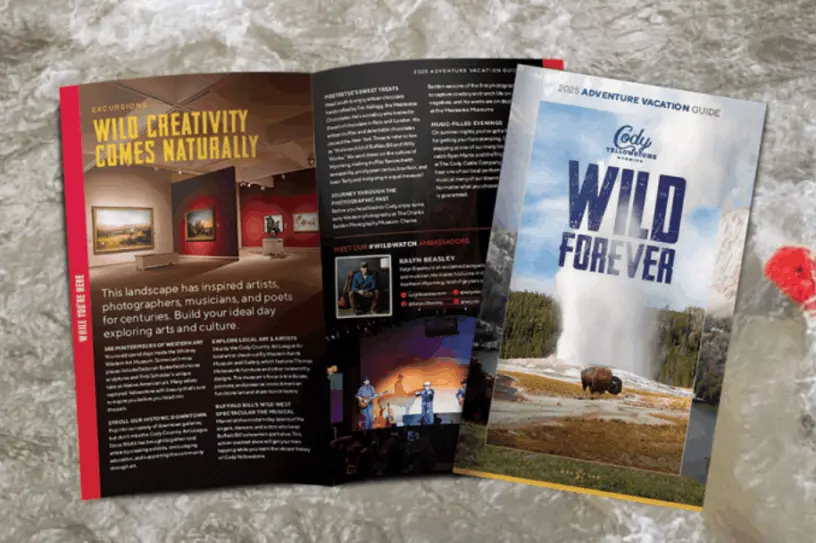Population & Demographics: Understanding Our Diverse Community
Cody's population of approximately 10,000 residents forms the heart of a broader service area encompassing much of the Bighorn Basin. The city serves as the county seat of Park County, which has a population of roughly 30,000, creating a substantial patient base for healthcare providers. The surrounding region, including adjacent counties such as Big Horn, Washakie, and Hot Springs, brings the total service area population to over 50,000 people who rely on Cody for various services, particularly healthcare. This regional hub status means that medical professionals in Cody serve a diverse patient population far beyond the city limits.
The community's demographic composition reflects a blend of long-time residents and newcomers drawn to the area's quality of life. The median age in Cody is approximately 40 years old, with about 22% of the population under 18 years old and 20% over 65 years old. This balanced age distribution provides opportunities for medical practitioners in both pediatric and geriatric care. The city has experienced steady population growth of about 1% annually over the past decade, indicating stable, sustainable development.
The professional landscape in Cody is remarkably diverse for a community of its size. Major employers include Cody Regional Health, which employs over 500 healthcare professionals and support staff, the Buffalo Bill Center of the West, local government offices, and the Park County School District. The area has also seen growth in its professional services sector, with an increasing number of remote workers choosing Cody as their home base. The technology sector has shown particular growth, with several small tech companies establishing operations in the area. The unemployment rate typically hovers around 3%, significantly below the national average, reflecting the area's robust economy.
Educational attainment in Cody is notably high, with approximately 94% of residents holding a high school diploma and 32% having earned a bachelor's degree or higher. This well-educated population base contributes to a sophisticated healthcare consumer base and provides an excellent environment for physician families.
The median household income in Cody is approximately $63,000, exceeding the Wyoming state average by 8%. This higher income level is supported by a diversified economy that includes healthcare, tourism, education, and professional services. Wyoming's favorable tax structure, featuring no state income tax and relatively low property taxes, allows residents to retain more of their earnings. The effective tax rate for property taxes in Park County is among the lowest in the state at approximately 0.61% of assessed value.
Cody's community celebrates its cultural diversity through various events throughout the year. The annual International Festival, held each spring, features performances, food, and cultural displays from numerous countries. The community also hosts multiple cultural celebrations throughout the year, including the Plains Indian Museum Powwow, which draws Native American artists and performers from across the region. The Buffalo Bill Center of the West regularly hosts international scholars and researchers, contributing to the community's cultural richness.
While English is the primary language spoken in the community, healthcare providers serve a diverse patient population. Approximately 5% of residents speak Spanish as their primary language, and the summer tourist season brings international visitors from around the world. Cody Regional Health provides translation services to ensure quality care for all patients.
The professional community in Cody is well-connected through various organizations such as the Chamber of Commerce, Rotary Club, and professional networking groups. These organizations provide valuable networking opportunities for new residents and their families. The city also maintains active relationships with regional medical associations and educational institutions, creating opportunities for professional development and continuing education.
Employment opportunities for physician spouses extend beyond traditional sectors. The growth in remote work has opened new possibilities, with many professionals maintaining careers with companies across the country while enjoying Cody's quality of life. Local entrepreneurship is also thriving, supported by organizations like Forward Cody and the Wyoming Business Council, which provide resources and support for business development.
